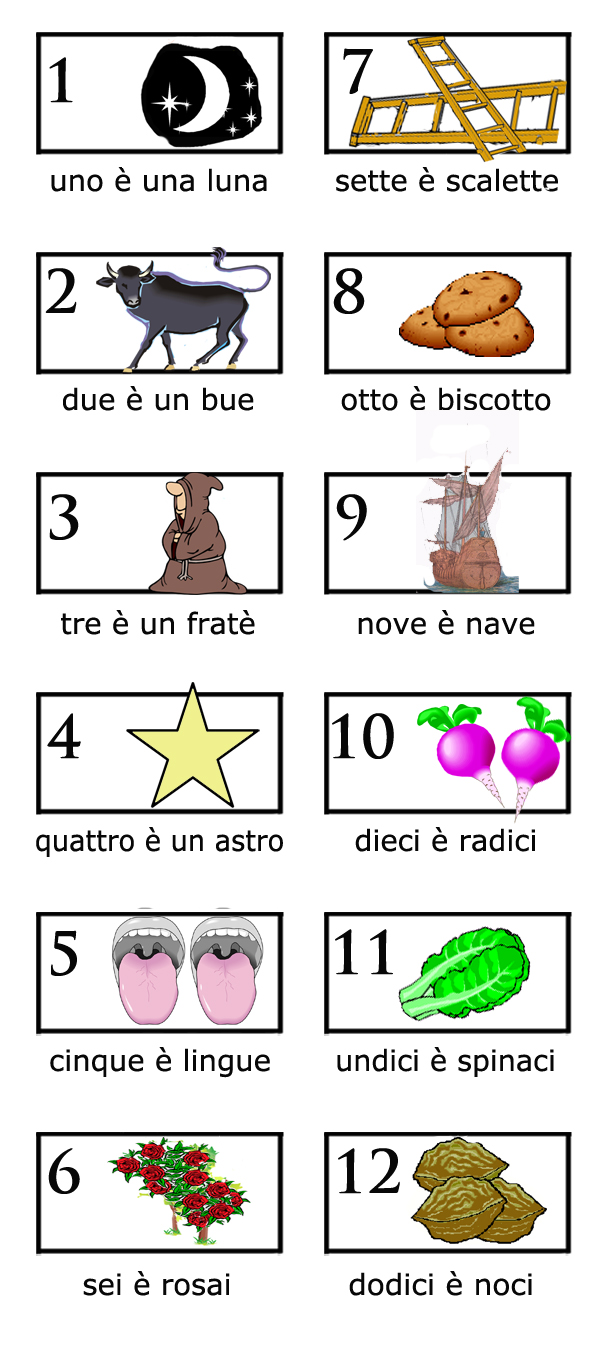Intelligence in a cultural context
One theory of intelligence sees intelligence in terms of adaptiveness. Thus: "What constitutes intelligence depends upon what the situation demands" (Tuddenham 1963). Intelligence in these terms cannot be understood outside of its cultural context. Naturally to us it may seem self-evident that intelligence has to do with analytical and reasoning abilities, but we are perceiving with the sight our culture taught us.
